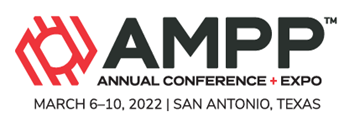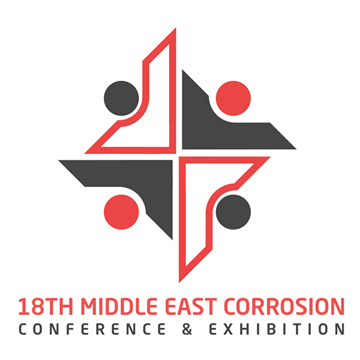Search
Products tagged with 'corrosion effects'
View as
Sort by
Display
per page
Acid-Induced Corrosion of Hospital Facilities from Construction Processes
Product Number:
51323-19062-SG
Publication Date:
2023
$20.00
Break Reduction/Life Extension for Municipal Water Pipelines
Product Number:
51324-20658-SG
Publication Date:
2024
$40.00
Case Study: Foreign Operator DC Interference On An Existing Pipeline Systems
Product Number:
51322-17587-SG
Publication Date:
2022
$20.00
Corrosion Risk Assessment, Load Considerations and Corrosion Engineering Solutions for Aging Structures That Exhibit Accelerated Corrosion in Corrosive Environments
Product Number:
51323-19543-SG
Publication Date:
2023
$20.00
Corrosion-Induced Hydrogen Entry to Steel and a Risk of Hydrogen Embrittlement
Product Number:
51323-19560-SG
Publication Date:
2023
$20.00
Impact Of Maintenance Activities On Future Integrity Of Transmission Pipelines
Product Number:
51322-17504-SG
Publication Date:
2022
$20.00
Integrating Real Time Corrosion Measurements with Process Data Using Plantweb Insight
Product Number:
51321-16275-SG
Publication Date:
2021
$20.00
Online Asset and Integrity Monitoring to Enhance Safety, Reliability and Profitability
Product Number:
MECC23-20244-SG
Publication Date:
2023
$20.00








